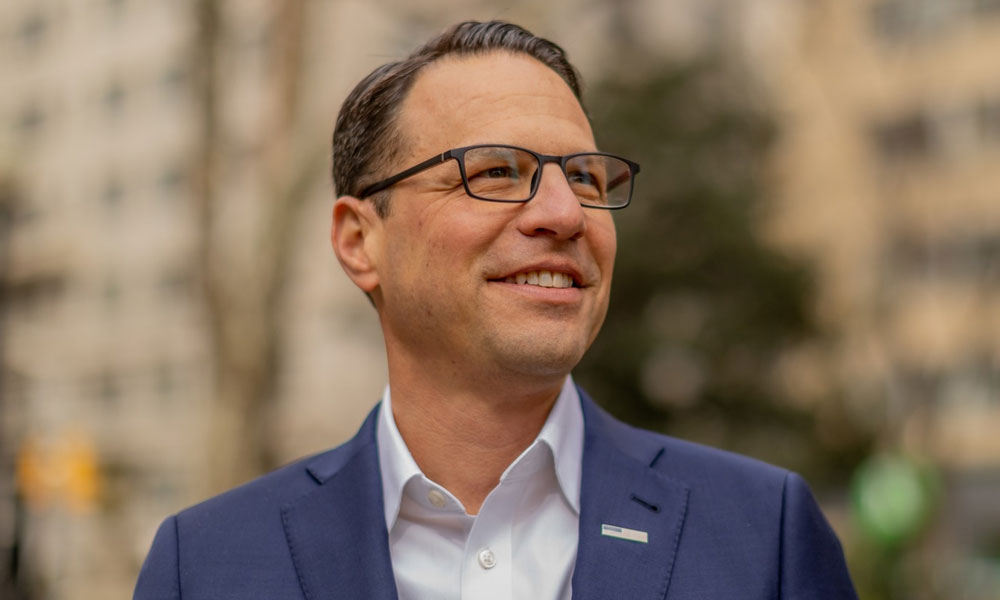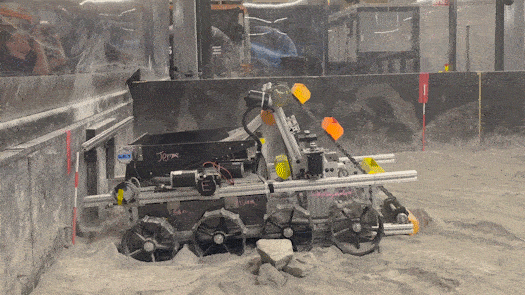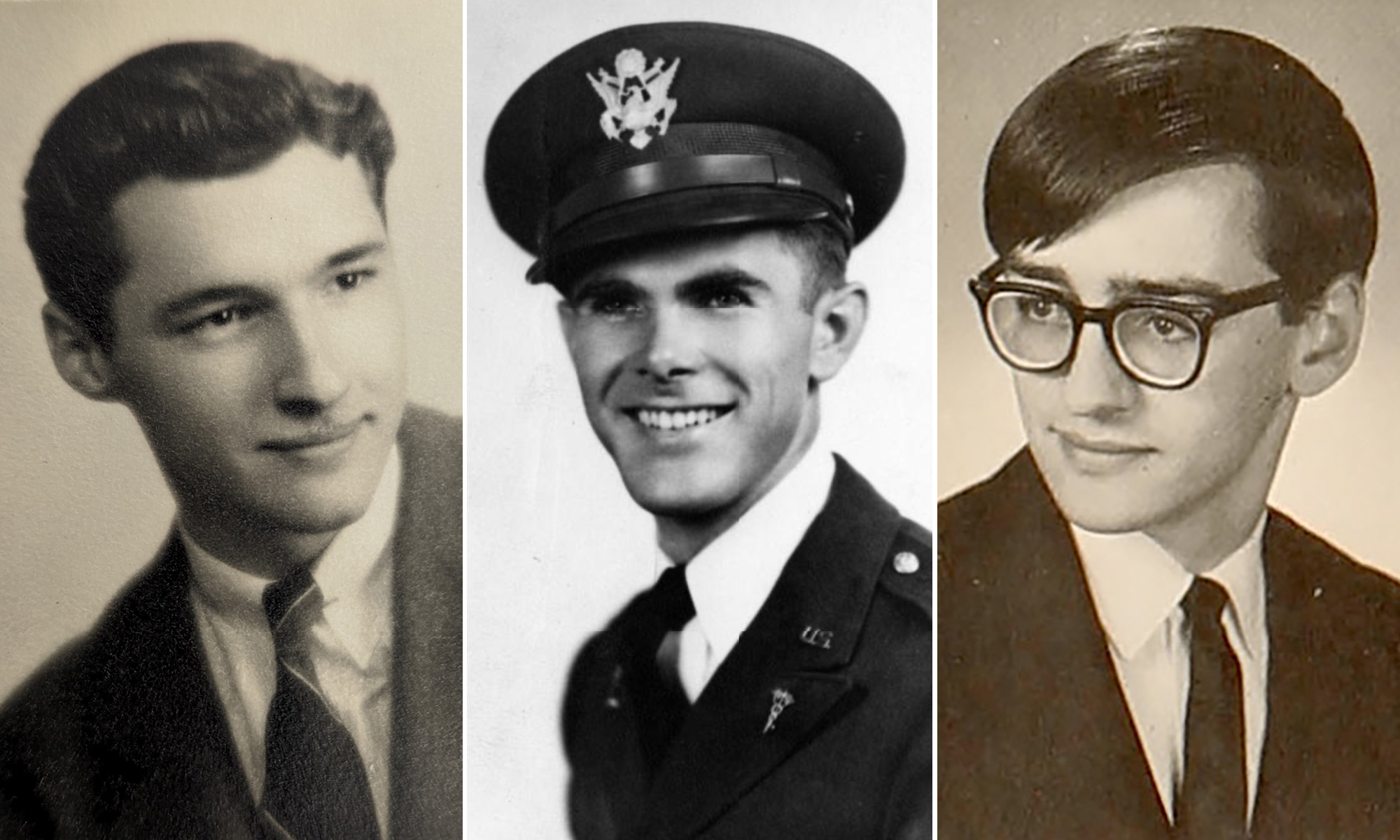Rochester students banded together to overcome multiple crises while fielding their robot on a simulated lunar surface.
“We’ve got movement!” announced Kurt Leucht, a NASA engineer and emcee of the space agency’s 2022 Lunabotics competition.
A team of University of Rochester undergraduates had to overcome one crisis after another to get their automated mining robot crawling over a replica lunar landscape at Kennedy Space Center in Florida.
“It was a rollercoaster, to say the least,” says team cocaptain Francesca Daszak ’23, a mechanical engineering major. Despite that, the team won the Project Management Award with a $200 prize and the Nova Award, which is a new award created for first-year teams with impressive systems engineering work.
Daszak is proud of the way her teammates—competing together for the first time—responded under pressure against 47 other collegiate teams.
Each year, the Lunabotics challenge invites select college students to receive practical experience in the full engineering lifecycle process, from a project management plan to testing a prototype. The goal of this year’s competition, simulating an upcoming Artemis mission to the moon, was to field a robot that could navigate through the regolith of the simulated lunar surface, dig far enough to retrieve a payload of gravel, then deliver the gravel to a designated container.
The undergraduate robotics team put months of work into their automated mining robot. The complex technological challenges of a fully autonomous robot required breaking the project into multiple tasks, assigning each task to a sub-team, then coordinating across sub-teams. That is the essence of systems engineering, which NASA emphasizes as a key part of the competition. (Read about the team’s preparation.)
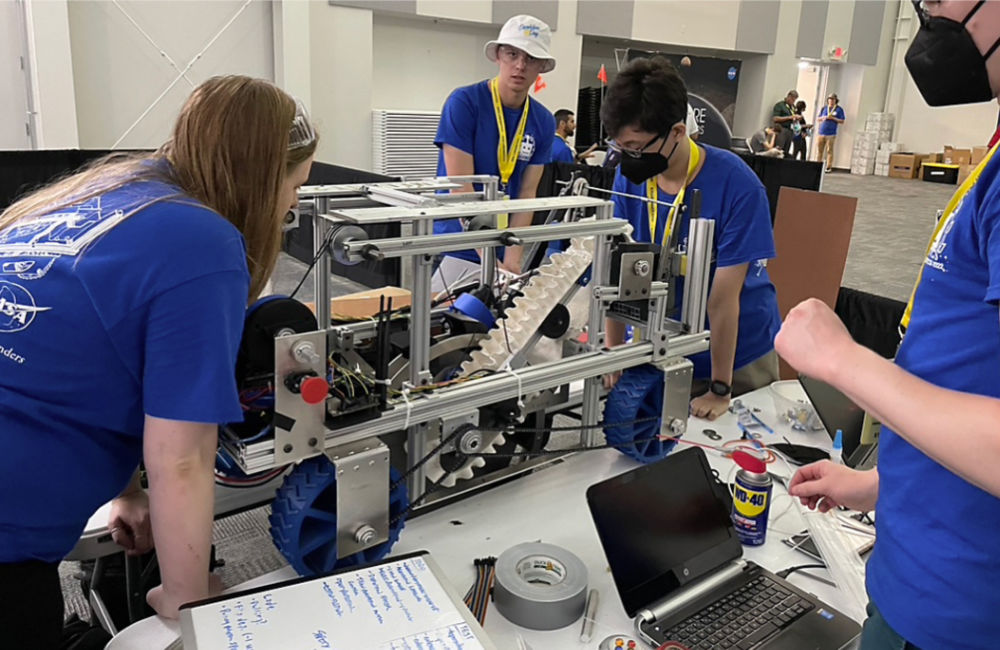
Rochester, we have a problem … and a fix
The Rochester team aimed high, opting for a fully automated robot that would operate without any input from team members. However, on the first day they discovered mechanical issues with the digging and deposition apparatus. Then the USB ports of the main computer failed. Then a bug in the coding made the robot almost impossible to control.
Cocaptain Benned Hedegaard ’22 of computer science and Joshua Choi ’25 of electrical and computer engineering got to work finding and replacing the main computer board. Rachael He ’22 of computer science worked with them well into the night and the following morning to completely rewrite code and develop workarounds for compatibility issues.
“It was a testament to the strength of our team that through all of this, there was no blame placed on any team members. Everyone understood that the prime directive was to field the robot,” Daszak says. “Given the circumstances, our team did an excellent job pulling together and showing NASA what we could do.”
The prize money will go towards next year’s competition expenses, she says. “The Nova Award came as a big surprise but is very encouraging,” Daszak says. “All of our efforts in the systems engineering area paid off!”
The team’s faculty advisor, Thomas Howard, an expert in robotics and an assistant professor of electrical and computer engineering, was pleased that the students were able to overcome the problems in 24 hours, then get the robot moving in two attempts in the competition arena.
“I’m really proud of the way they worked together and applied engineering principles to field a robot. For a first-year team, I think they did quite well and learned a lot.”
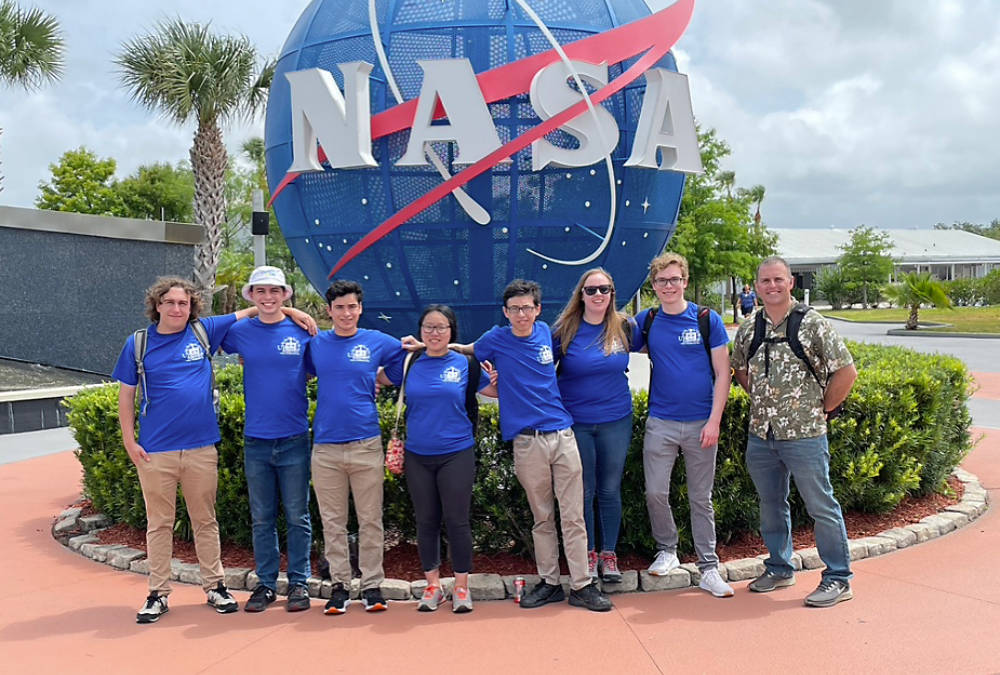
Read more
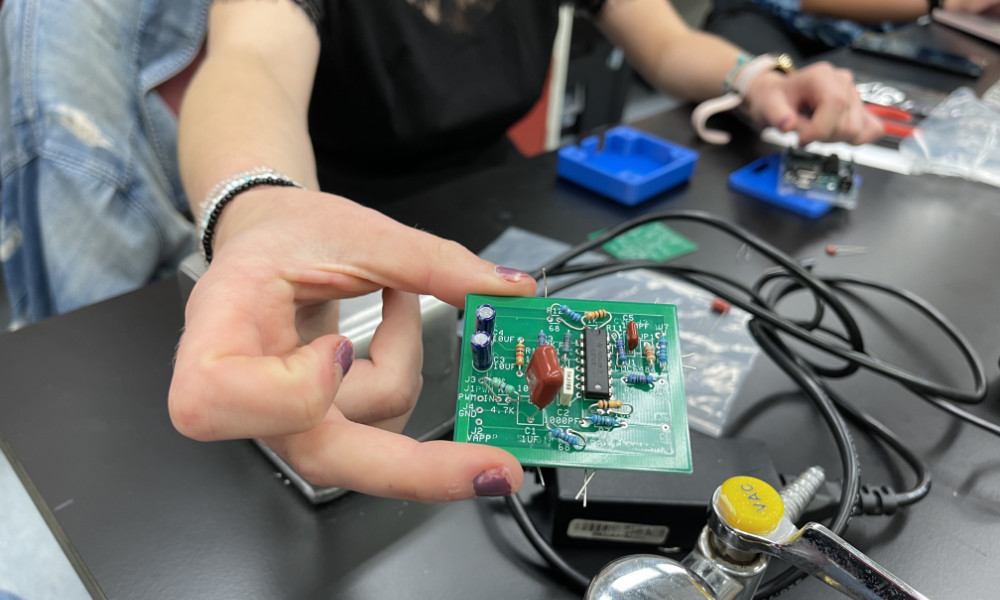 Rochester students’ award-winning device instantly detects sepsis via sweat
Rochester students’ award-winning device instantly detects sepsis via sweat
Rochester undergraduates have developed a fast, noninvasive, affordable, and eco-friendly way to diagnose the life-threatening medical complication.
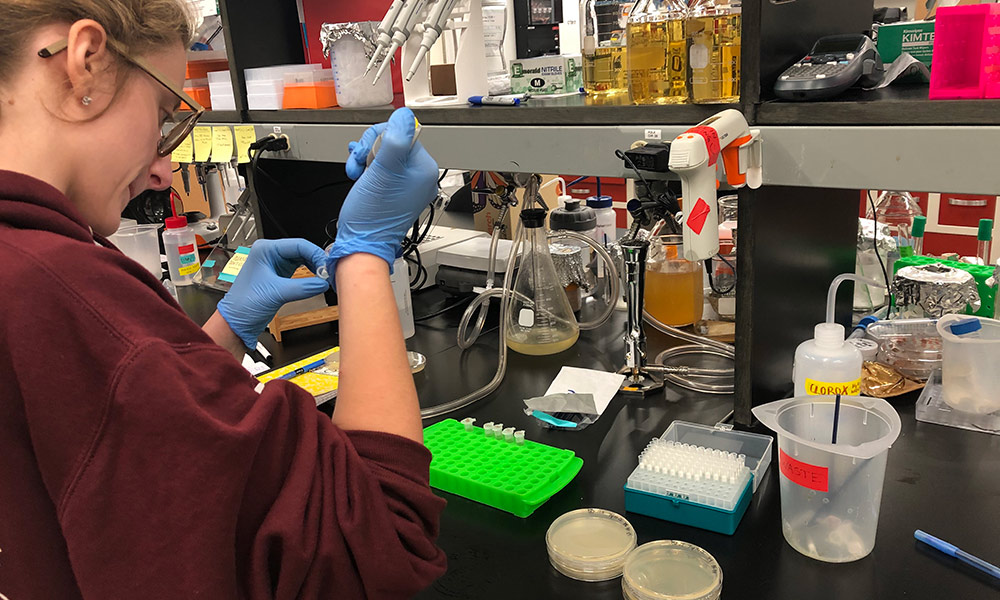 Rochester’s Grand Challenges Scholars frame their research in a broad context
Rochester’s Grand Challenges Scholars frame their research in a broad context
Now in its fifth year, the program adds entrepreneurship, global experience, interdisciplinary study, and service to students ”solution-oriented” tool kit.

